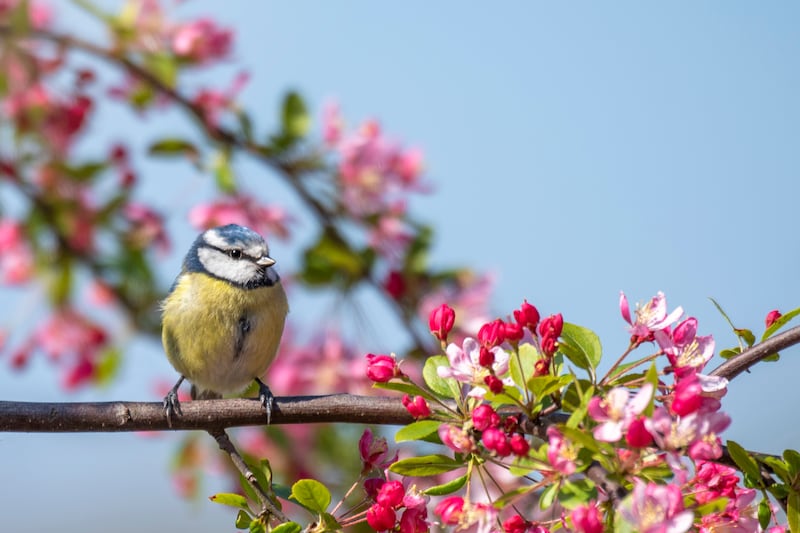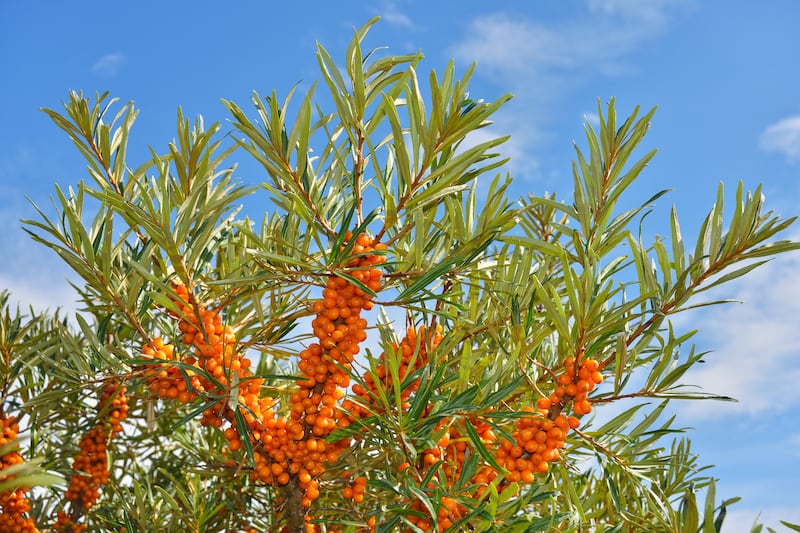My youngest son, a lover of good food, has spent the past few weeks making home-made elderflower cordial. The large umbels of creamy-white flowers, plucked from the branches of a wild elder tree growing nearby and soaked in a heated solution of sugar and lemon, filled the kitchen for days with their distinctive musky scent. As for the taste, nothing says summer quite like an ice-cold, tangy glassful on a hot, sunny day.
Making elderflower cordial is a family tradition that stretches back to my childhood, almost certainly inspired by a dog-eared copy of Richard Mabey’s Food for Free, the classic guide to foraging in the wild first published in the early 1970s. Cordial aside, the plant’s flowers can also be used to make delicious fritters, to flavour sorbets and compotes, or to make wine. As for the distinctive clusters of almost-black edible berries that follow, these can be added to muffins or used to make a health-boosting syrup as well as jams and wine.
The versatility of elder tree flowers and berries as kitchen ingredients is just one example of the abundance to be found in the wild, when we have both the time and opportunity to seek it out. It’s also the reason why this resilient native is increasingly being grown as one of the key species in edible hedgerows, a wonderful way to bring those flavours of the wild right into your garden where they’re readily to hand.
They are not for the tidy-minded as they’re not suited to being regularly trimmed. These kinds of biodiverse, nature-friendly hedgerows are naturally a little on the untamed side, as the plants need room to flower and fruit. But where space allows, they can be a marvellous addition – or even an alternative – to the more conventional kitchen garden offerings.
READ MORE

Suitable candidates include our ultra-hardy native blackthorn (Prunus spinosa) or sloe bush, whose small, inky-black fruits can be used to make sloe gin as well as jam and syrup. Another is the crab apple (Malus sylvestris), whose tiny, sharp-flavoured fruits I and my siblings often collected in buckets from the nearby woodlands in autumn to make the most deliciously perfumed, pale-pink crab apple jelly.

Others include sea buckthorn (Hippophae rhamnoides), whose brilliant-orange, edible berries are exceptionally rich in vitamin C and can be used to make a health-boosting syrup or jam. For best results, seek out the self-fertile variety, Hippophae ‘Friesdorfer Orange’.
The same is true of Rosa rugosa, an ultra-resilient species of rose with pretty flowers in shades of red, pink and white, and scarlet edible hips that have traditionally been used to make a syrup rich in vitamin C and antioxidants. Its edible flower petals can also be used to flavour desserts, make rosewater and as a pretty garnish for cakes and puddings. Recommended varieties include the pale pink Rosa ‘Fru Dagmar Hastrup’, Rosa rugosa ‘Rubra’, and Rosa rugosa ‘Alba’.

For something different, consider the cornelian cherry (Cornus mas), whose acid-yellow spring flowers are followed by clusters of edible, scarlet red-purple fruits in late summer and autumn. Or the medlar (Mespilus germanica), whose distinctive, golden-brown fruits, so colourfully described by Shakespeare, are delicious used to make medlar jelly, or a sweet curd, or as a base for other fruit jams. Other fruiting/berrying species to consider include quince (Chaenomeles japonica); wild plum (Prunus institia); cherry plum (Prunus cerasifera); black chokeberry (Aronia melanocarpa); Chinese dogwood (Cornus kousa var. chinensis); hawthorn (Crataegus monogyna) and the Chilean guava (Ugni molinae).
Our native hazel (Corylus avellana) is also often recommended for these kinds of edible hedges. But as the late Ándi Wilson, the hugely knowledgeable nurseryman and owner of the now-closed Mayo-based specialist nursery Fruit & Nut, pointed out in its still extant, excellent website (fruitandnut.ie), it’s actually not a good choice for these kinds of crowded growing conditions, where its flowering and pollination can be easily inhibited, reducing potential yields by as much as 90 per cent. Instead, he recommended including some walnuts or Spanish chestnuts (the latter was his preference as its smaller leaves were less likely to shade out other plants). Wilson’s suggestion was to grow these as a handful of specimen trees within an edible hedge, using at least two named cultivars planted eight metres apart for a decent yield.
The reason here for choosing named cultivars over the seed-raised species is one of productivity, as the latter are typically much slower to produce nuts and much less productive when they do. In the case of sweet chestnuts, seek out varieties such as Castanea ‘Bournette, C. ‘Marigoul’, C. Marshac’ and C. ‘Marsol’, while for productive walnut varieties, seek out Juglans ‘Corne du Perigord’, J. ‘Fernor,’ J. ‘Fertignac’; and J. ‘Mayette’.
These kinds of edible hedges generally do best when given a sunny, sheltered spot and a reasonably fertile, moisture-retentive but free-draining, mildly acid to neutral soil away from the shade and competition of already established trees and large shrubs. In particular, bear in mind that both the recommended nut species mentioned above are highly intolerant of cold, wet, poorly drained soils or very exposed, windy sites.
As is the case for most shrubby species, the best time to plant your edible hedge is in late autumn or early spring, during the bare root season. Recommended stockists include Cork-based specialist online suppliers Future Forests (futureforests.ie), which offers an excellent range at very competitive prices, including several purple-leafed varieties of elder (Sambucus nigra ‘Black Lace’; Sambucus ‘Black Towers’ and Sambucus ‘Black Beauty’) with pink flushed flowers. Not only can these be used to make pink elderflower cordial, but also your very own home-made pink champagne. How glorious is that?
This week in the garden
Net brassica crops such as cabbage, kale and Brussels sprouts to protect them against damage from the cabbage white butterfly, taking care to secure the edges properly with lengths of wood or pegs in the ground to prevent it from accidentally trapping birds. Check daily just in case.
Keep picking sweet pea flowers to encourage the plants to continue producing new blooms, and dead head any faded stems for the same reason. These hungry, thirsty plants will also benefit from regular liquid seaweed feeds to keep them healthy and happy.
Dates for your diary
Galway Garden Festival Claregalway Castle; today and tomorrow (July 5th and 6th), 11am-5pm. With specialist plant sales, entertainment, and expert talks by guest speakers Klaus Laitenberger, Paul Smyth, Colm O’Driscall, Leonie Cornelius, Christopher White, and Karen Williams. galwaygardenfestival.com
A Fiesta of Dahlias June Blake’s garden, Tinode, Blessington, Co Wicklow; every weekend in July (from 2pm). A celebration of this remarkable genus of plants with free workshops, expert talks, plus tours of the garden. juneblake.ie
Carlow Garden Festival Saturday, July 26th to Sunday, August 3rd. With expert guest speakers including Financial Times gardening correspondent and author, Robin Lane Fox (Huntington Castle, August 2nd); author and head gardener of Kilmacurragh, Seamus O’Brien (Burtown House, July 30th); British garden designer Sarah Eberle (Borris House, July 31st); organic kitchen gardener Tanguy de Toulgoët (Shankill Castle, July 30th); and Peter O’Mahony in conversation with Adam Frost (Arboretum Garden Centre, Leighlinbridge, July 26th), booking essential. carlowgardentrail.com















